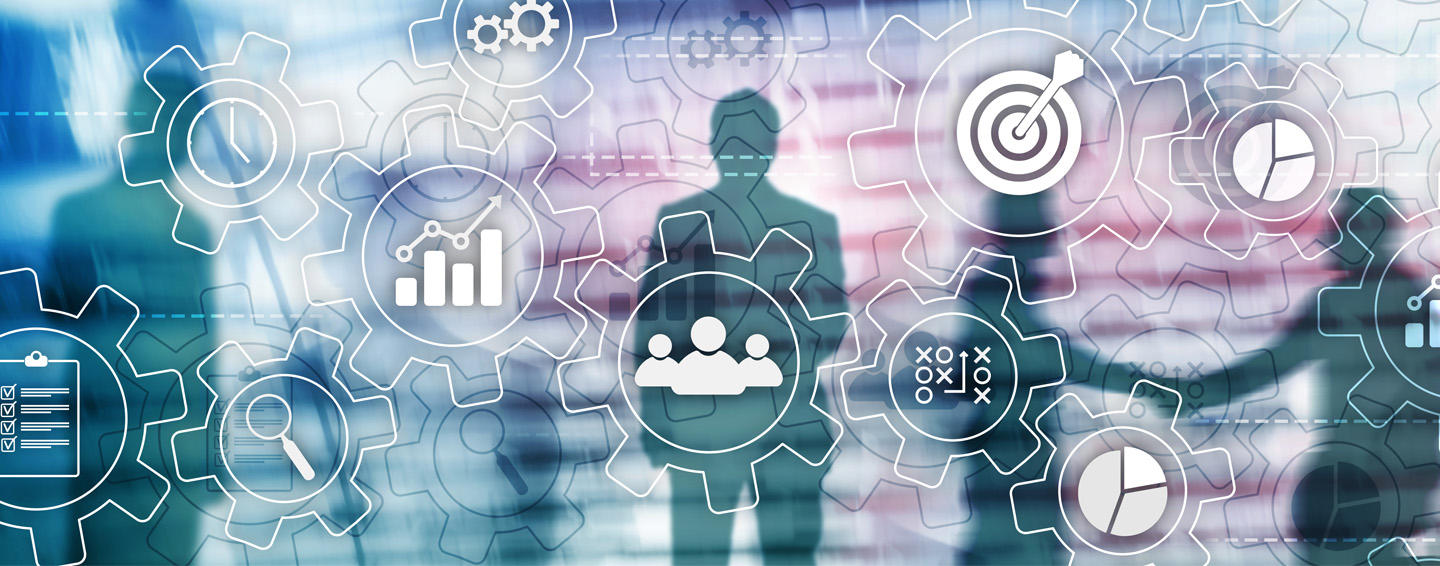
At Panasonic, our mission is to create high quality mobility solutions that make travel as reliable and safe as possible. Our commitment to quality has established Panasonic as a leader in the automotive space for decades. This reputation has been achieved looking forward – and always with a mind on innovation and improvement.
From new technologies such as cockpit domain controllers and head-up displays to existing solutions such as cruise control switches and in-vehicle infotainment systems, we’ve been working with leaders in the automotive industry to help implement functional safety solutions to make cars safer and roads easier to navigate.
This is the first time UL has certified a tier-one supplier for a full process certification under ISO 26262 2018 ASIL D. UL is a global safety science leader. The final result is a multi-faceted, integrated approach that encompasses every step of the development process from inception and development to training. The goal? To establish a safety-first culture of innovation.
To achieve this certification, we wanted to recommit to improving functional safety across all areas of our business at the highest level, ASIL D. This includes:
- People: Every one of our engineers are trained and certified to UL, TUV NORD, TUV SUD and SGS TUV requirements, in addition to Panasonic’s own internal functional safety skill qualifications. These engineers dedicated to functional safety are certified Gold.
- Products: Product / technology development will have pre-determined, enhanced functional safety gates with special digital tools - such as Ansys medini - to meet ISO 26262 2018 ASIL D standards.
- Process: We have added advanced safety-specific controls and supporting characteristics into our manufacturing processes.
- Safety Culture: Company-wide commitment for lifecycle investments to establish a perpetual safety mindset for the future.
Achieving the certification
Here’s a brief outline of our thorough, multi-pronged, three-year journey to achieve ASIL D process certification from UL:
Stage 1: Quality management
Every tier-one technology supplier must meet the IATF 16949 standard for quality management.. We coupled this standard with ASPICE processes, which is a system that establishes standards for electronic and computerized systems in the automotive space. Combined, this foundation served as the starting point for our journey toward achieving ASIL D process certification.
Stage 2: Establishing checkpoints
Using our established systems of quality management, we added analytics for each step in this process and integrated checkpoints to ensure a focus on safety at every turn. From certifying our engineers in both independent programs and our own internal safety standards to ensuring all our products meet ISO 26262 standards, we’ve established a new process that reflects our broader culture and values for both safety and innovation.
Stage 3: Creating a plan for action
Our plan for implementation established a roadmap for training and certifying our engineers to UL, TUV NORD, TUV SUD and SGS TUV requirements, as well as our own internal functional safety skill qualifications. It also included establishing these state-of-the-art standards for functional safety throughout our entire process from development to manufacturing and testing.
Stage 4: Organizational functional safety training
With checkpoints and an action plan, we launched enterprise-wide training in ISO 26262 standards. We established a shared vocabulary to describe the fundamental concepts of how these advanced, state-of-the-art standards would build upon our history of excellence in fundamental safety across our entire product roadmap from ideation to realization - including the relationships between the best practices of software and hardware solutions.
Stage 5: Putting the plan into action
We’ve put in motion the integration of all our checkpoints to ensure the highest levels of functional safety, from our design and engineering stages to our manufacturing practices.
Safety and quality touches everything we do. As automotive technology products and software grow more complex, it is essential that we continue to develop new processes that don’t simply address the changing landscape of the industry, but continue to establish a vision for a future were travel is as safe and reliable as possible. This is why we've invested in and focused on the safety critical aspect of the entire product development journey so that every step in the process confirms the highest quality we can offer.
We are proud to achieve Functional Safety Process Certification: ASIL D process certification under ISO 26262 from UL, and we believe this speaks to the culture of safety and quality that continues to establish Panasonic Automotive as an innovative leader in the industry.